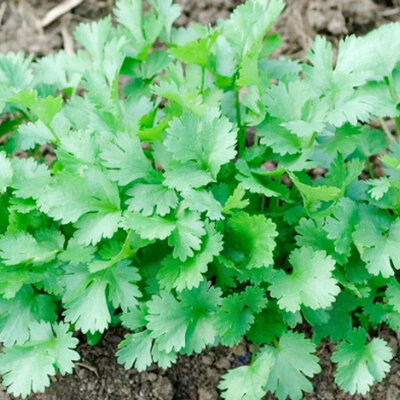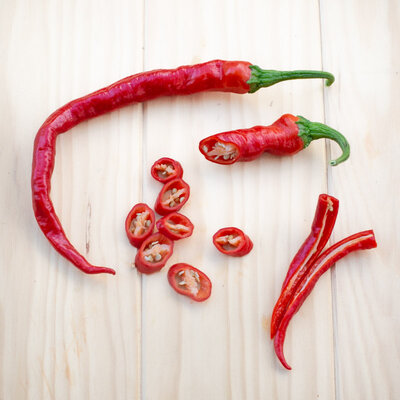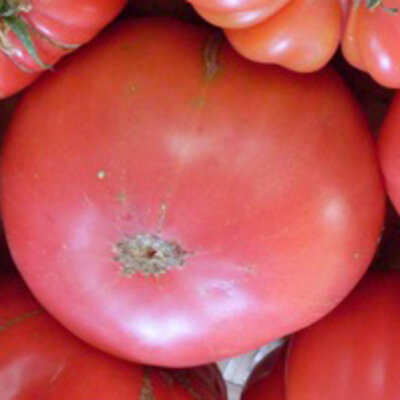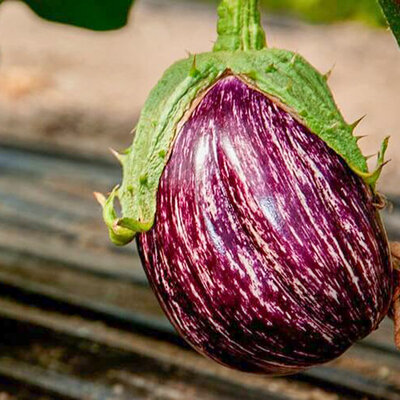
- Coriander
This variety, with its small white or pale pink flowers, has green, rounded, serrated foliage with a highly aromatic flavor, much appreciated and used in Asian cuisine.
These products may also be of interest to you
in the ground, in bucket, online, in bunches
Sow in cups, under light cover. Keep soil moist. When plants have 4-5 leaves, prick out to 15 cm in all directions. For direct sowing, sow in rows 15 cm apart. Thin to 15 cm when plants have 4 to 5 leaves.
Coriander goes to seed quickly, so to enjoy it for a long time, we recommend staggering sowing. The leaves are harvested young, as and when needed.
March, April
April, May, June, July, August, September
June, July, August, September, October
in the ground, in pot
sunny
medium
limestone, humus, potting soil
furniture, light, drained
Coriandrum sativum
mid-season
200 seeds
fleshy
Green
edible
From 30 to 70 cm
serrated
Asia
Native to south-western Europe and the Middle East, coriander was already known to the Egyptians, Greeks and Romans, who used its seeds to flavor their bread. In the Middle Ages, it spread throughout Europe for culinary use, and was recognized for its antibacterial and antifungal properties. Both leaves and seeds contain antioxidants. Coriander leaves are a very good source of vitamin K, necessary for blood clotting. Coriander seeds relieve gastrointestinal ailments, aerophagia and bloating. Stimulating, coriander boosts the body's energy and helps combat fatigue and flu-like symptoms. Coriander is sometimes recommended for anxiety and to promote sleep.











